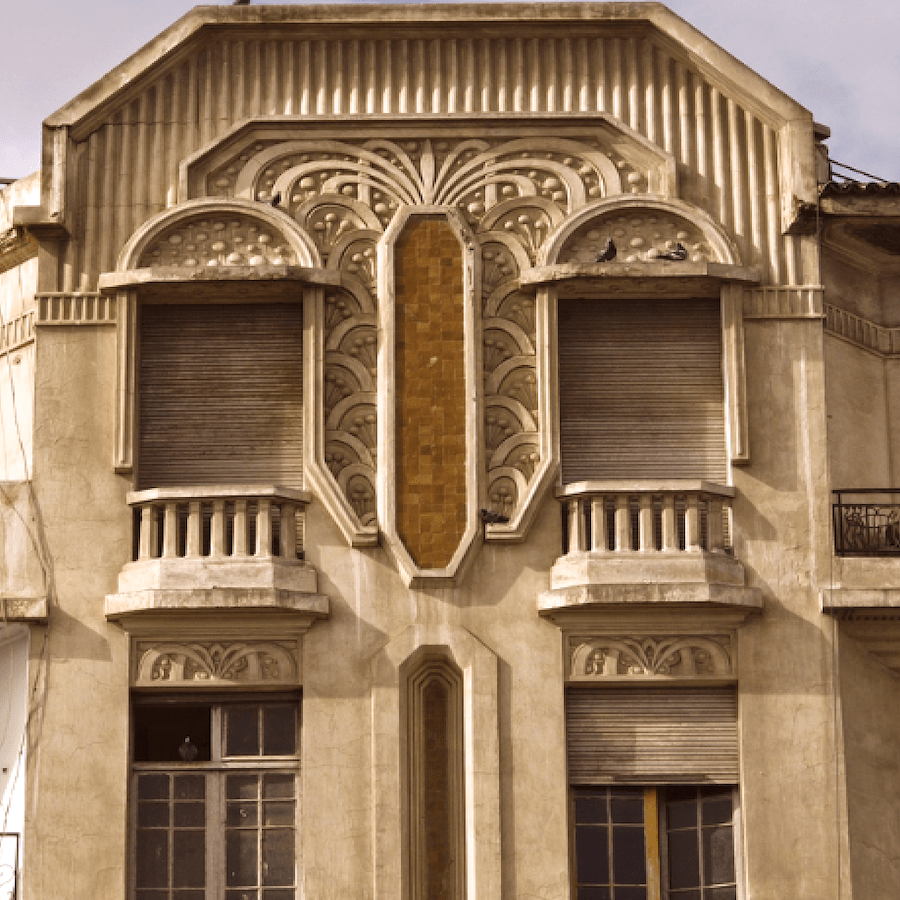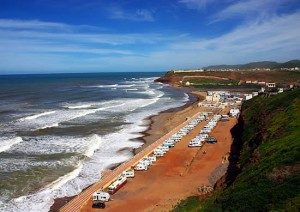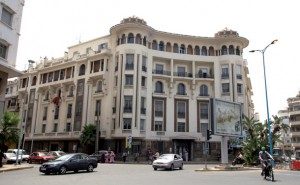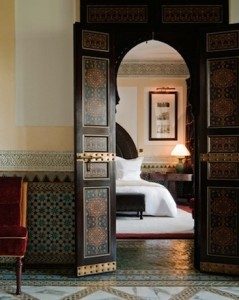Prior to the establishment of the French Protectorate in Morocco (1912-1956), Dar al Bayda, as Casablanca was then known, was a modest port of a population of around 12,000. A few years into the Protectorate, this had increased 10-fold and has hardly stopped growing since. Today, Casablanca is Morocco’s bustling economic hub, home to many international companies and Africa’s biggest port and its largest shopping mall, Morocco Mall. For visitors to this metropolis, the big draw is the stunning Hassan II Mosque. However, the French left a significant architectural legacy. As you walk the streets, look up and around you beyond the crowds, the traffic and the hubbub of city life to discover Art Deco Architecture in Casablanca.
Tag: Art Deco
Sidi Ifni is some two hour’s drive from Agadir and is unique because of its much admired Spanish Art Deco buildings built when it was a Spanish enclave from 1934-1969. A vacation in Morocco’s Sidi Ifni on the shores of the Atlantic of Agadir is a great way to pass the summer months. The cliff top views of the sea at Sidi Ifni and the beach are impressive. There are two buildings built like ships with portholes near the steps down to the beach and there is a striking lighthouse overlooking the sea. A former church now the law courts and a former Spanish consulate with its windows bricked up lie around the Place Hassan II, formerly Plaza de Espana along with the governor’s house which is now a royal palace.
Casablanca is changing. It has always been the business capital and is Morocco’s largest city providing 48 per cent of the urban jobs in Morocco. It had the reputation of being run down and polluted but things are changing. The newest addition is Casablanca’s new tramway system a radical change in urban transport policy which links the centre with some of the suburbs . It was inaugurated by King Mohammed VI with French Prime Minister Jean- Marc Ayrault. There is now an alternative to Casablanca’s red petit taxis and the traffic jams in the city centre.
a Mamounia is a legendary property in Marrarkech, Morocco that radiates with class, tradition and beauty. It is said that stepping into Le Mamounia is akin to a setting of 1001 Arabian Nights. La Mamounia Hotel is a Marrakech institution of Luxury and Flair. Originally the Marrakech palace of a crown prince of Morocco it was converted by the French administration into a hotel in 1923. Named for its 200-year old gardens, which were given as an 18th century wedding gift to Prince Moulay Mamoun by his father, the gardens cover nearly 20 acres and display an incredible variety of flowers and trees.




